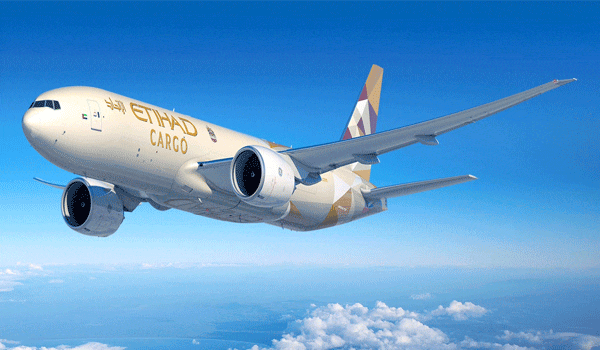Etihad Airways has experienced its strongest annual financial results to date, with a net profit of US$103 million on total revenues of US$9.02 billion.
The performance, which marked the airline’s fifth consecutive year of net profitability, also saw earnings before interest and tax (EBIT) of US$ 259 million, and earnings before interest, tax, depreciation, amortisation and rentals (EBITDAR) of US$1.4 billion, representing 16 percent of total revenues.
Etihad Airways carried a total of 17.6 million passengers in 2015, an increase of 18.9 percent year-on-year.

The growth in passenger volume continued to exceed Etihad Airways’ capacity increase and outperformed regional market growth, which has seen a decline in load factors since mid-2014.
In total, the airline operated 97,400 flights covering 467 million kilometres. The average network-wide seat load factor was 79.4 per cent for 2015, compared with 79.2 per cent in 2014.
James Hogan, Etihad Airways President and Chief Executive Officer, attributed the increase to the company’s business strategy, which he says contributed to a large increase in sales across Etihad’s global network.

He also accredited partnerships for the company’s continued growth, saying the airline’s return on its equity investments into the seven airlines was many times more than the money it had spent.
“For an investment smaller than the cost of three new aircraft, we have been able to build our global network, attract five million new customers and $1.4 billion of revenues, and share massive cost synergies.”
James Hogan, Etihad President and CEO
“That’s smart business.
“This is a two-pronged approach. From a strategic level, we are looking for the equity partners to bring network connectivity, generate additional revenues and create economies of scale. All our partners are delivering on this level.”






